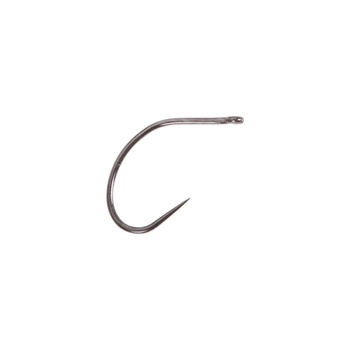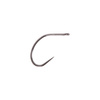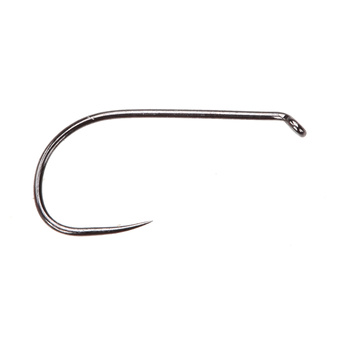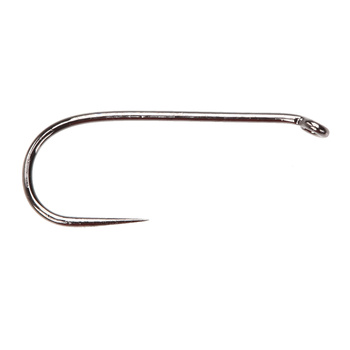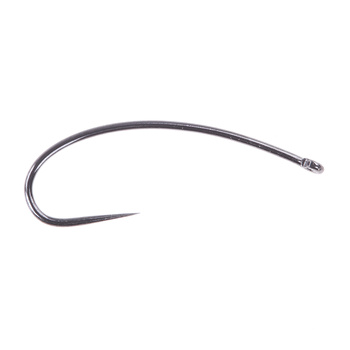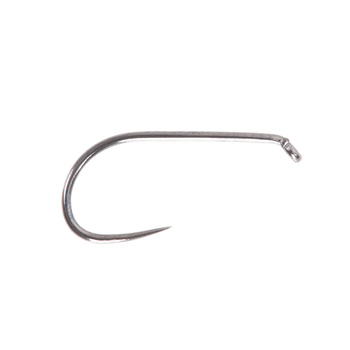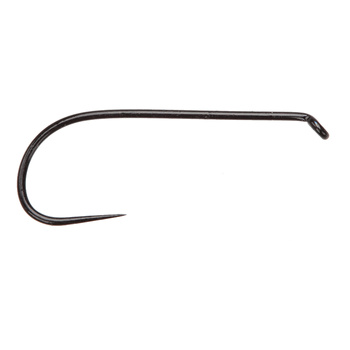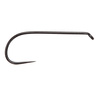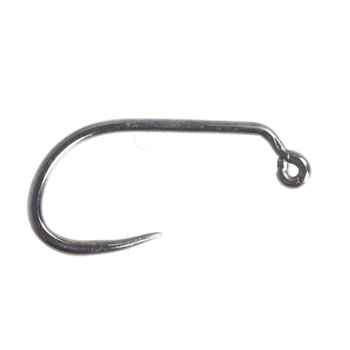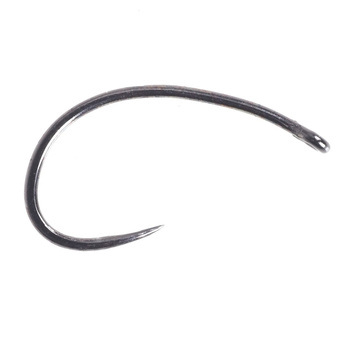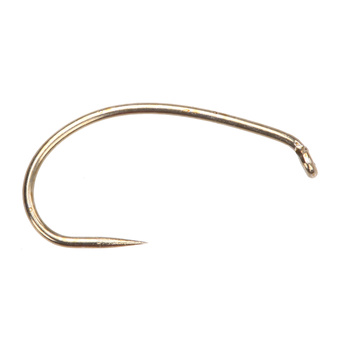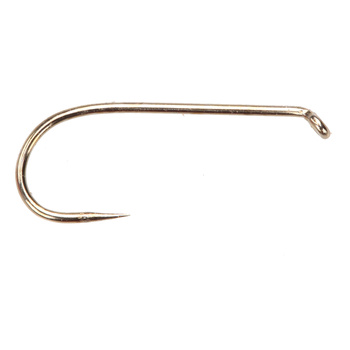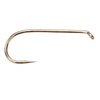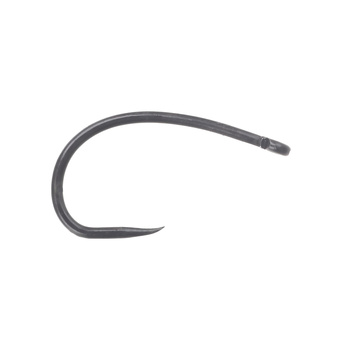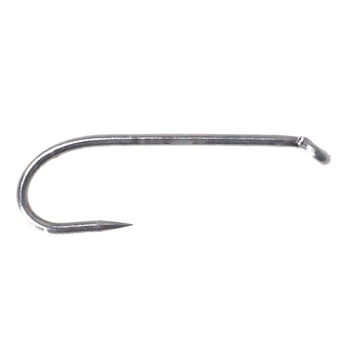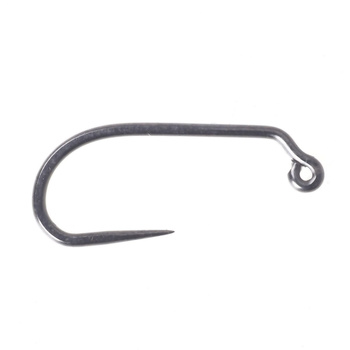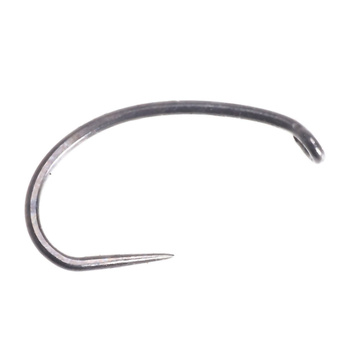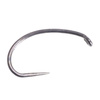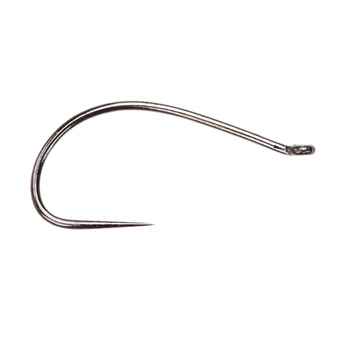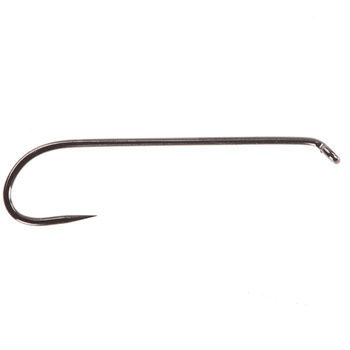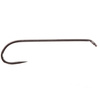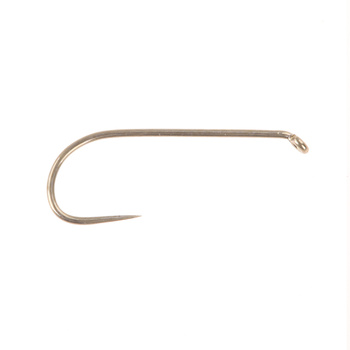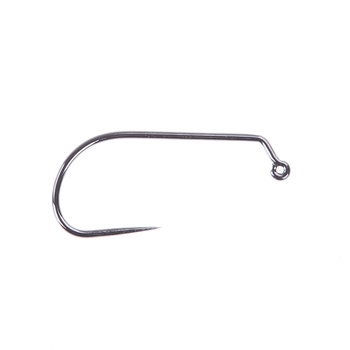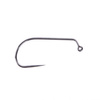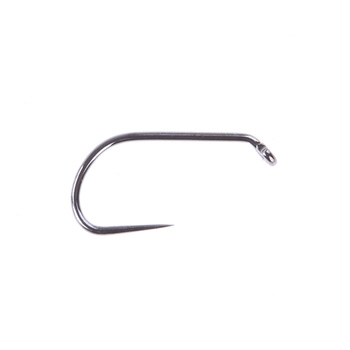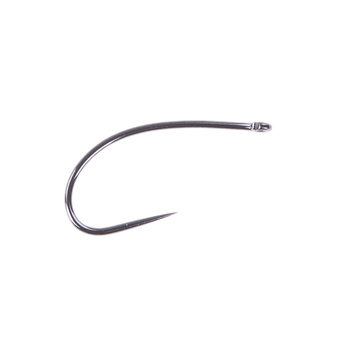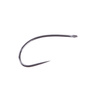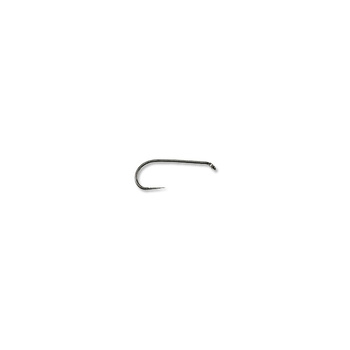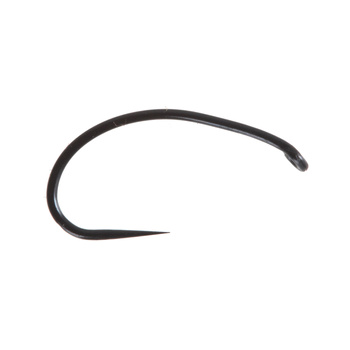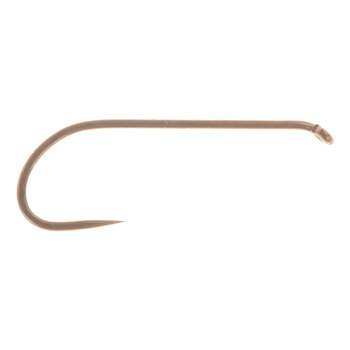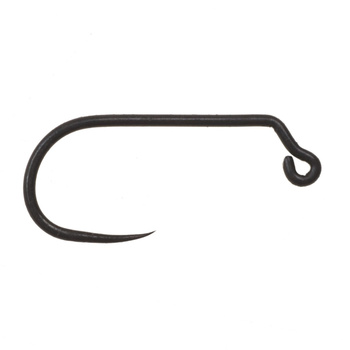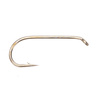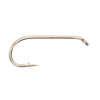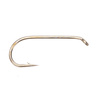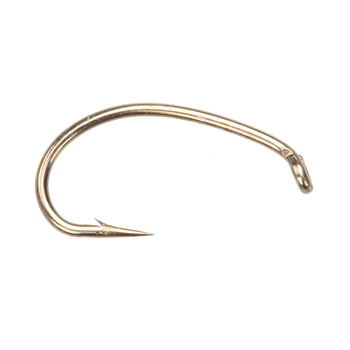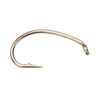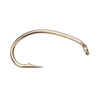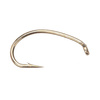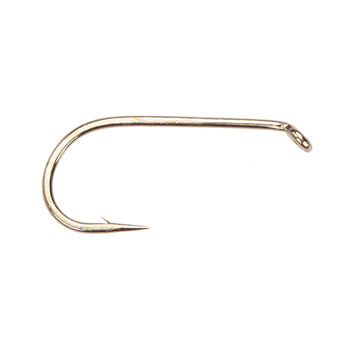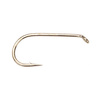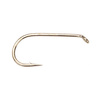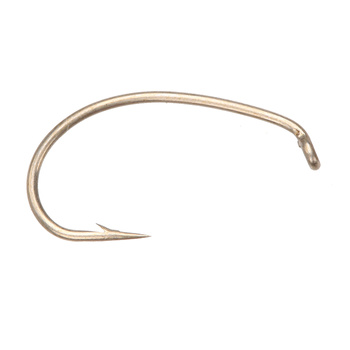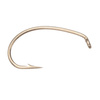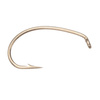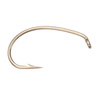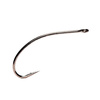Fly Hooks
( number of products: 230 )Fly Fishing Hooks – Our Shop's Specialty
We specialize in barbless hooks, which are increasingly chosen by fly fishermen, especially those who prefer the "catch & release" method. We offer a wide range of high-quality fly fishing hooks from leading brands such as Akita, Partridge of Redditch, Kanpek, Tiemco, and Sprite. In total, we offer around 300 different hook patterns, and the range of sizes provides thousands of options to suit every fishing technique and fly tying need.
Choosing the right fly fishing hook is crucial for successful fishing, which is why we offer not only a rich selection but also support in selecting the ideal hooks that will ensure the best results at your fishing spots.
Which Fly Fishing Hooks to Choose?
The choice of the right fly fishing hook depends on many factors, such as the fishing method, the type of fly you want to tie, the conditions at the fishing spot, and the species of fish you plan to catch. While this choice is highly individual, there are some general characteristics to consider when selecting fly fishing hooks, with key considerations being the type of fly, hook coating, and whether the hook has a barb or not.
General Characteristics of Fly Fishing Hooks
Fly Types and Hook Selection
- Dry Fly Hooks – typically made from thin wire, they are lightweight and come in various shank lengths depending on the type of insect they imitate. The light construction prevents the fly from sinking too quickly, allowing it to naturally float on the water's surface.
- Light, thin wire for a delicate fly presentation.
- Shorter shank (1x-1.5x) for imitating mayflies.
- Longer shank (1.5x-2x) for imitating caddis flies.
- Wet Fly Hooks – heavier and stronger, they allow for effective bait presentation below the water surface. They typically have shorter shanks, which makes creating compact flies easier.
- Heavier wire for better sinking.
- Shorter shank (1x-1.5x) for compact, sinking insect imitations.
- Streamer Hooks – larger, stronger, and made from thicker wire, they are used to create lures for predators like pike or trout. They often have an elongated shank.
- Long shank (2x-4x) for streamers imitating small fish or leeches.
- Wide gap for better hooking of fish.
- Nymph Hooks – hooks with often curved shanks, ideal for imitating insect larvae. They are typically heavier, allowing nymphs to sink quickly to the bottom where fish feed.
- Curved shank for natural larva imitation.
- Thicker wire for faster sinking.
- Jig Hooks – special hooks with a 90° eye, which minimize snagging and allow precise presentation of nymphs near the bottom.
- 90° eye for safe presentation near the bottom.
- Heavier tungsten beads for faster sinking, used with tungsten heads.
- Salmon Hooks – strong, with long shanks, designed for catching large migratory fish such as salmon and sea trout.
- Long shank (2x-4x) for larger tube flies and streamers.
- Forged, thick wire for maximum strength.
Fly Fishing Hook Coatings
The coating of a fly fishing hook affects its durability and resistance to corrosion, especially in saltwater. Depending on where and how you fish, the right hook coating can extend its lifespan and maintain its sharpness.
- Bronze Coating – a classic and most traditional coating, which works well in freshwater. The bronze coating provides basic corrosion protection, though it is not as durable as newer finishes.
- Ideal for freshwater, especially for smaller fish.
- Black Coating – a matte finish that does not reflect light, making the hooks less visible in the water. It is mainly used in clear waters where camouflage is key.
- Best suited for fishing in clear waters.
- Black Nickel Coating – an extremely durable finish that offers excellent corrosion resistance in both freshwater and saltwater. Hooks with this coating are highly durable and elegant.
- Ideal for saltwater and tough fishing conditions.
- Other Coatings (stainless steel, colored coatings, silver) – used on more specialized hooks, providing maximum corrosion protection, especially in saltwater.
Barbed and Barbless Hooks
The presence of a barb on a fly fishing hook affects how the fish is hooked and how easily it can be released. The choice between a barbed or barbless hook depends on the angler's preferences and the fishing methods used.
- Barbed Hooks – traditionally used for trout flies, but are becoming less popular among fly fishermen. They are particularly useful when catching larger fish that fight vigorously during retrieval.
- Better fish retention, but harder to remove.
- Barbless Hooks – the standard for trout flies, especially among anglers practicing the "catch & release" method. The lack of a barb makes it easier and safer to release the fish, minimizing damage.
- Better for fish protection, especially in protected waters.
Conclusion
Choosing a fly fishing hook is a process that depends on many factors – the type of fly, fishing conditions, and personal preferences. In our shop, you will find thousands of options, including barbless hooks, which are our specialty, as well as models from renowned brands such as Akita, Partridge of Redditch, Kanpek, Tiemco, and Sprite. Whether you fish in freshwater or saltwater, for small or large fish, we guarantee that you will find the perfect fly fishing hooks for your needs in our selection.














